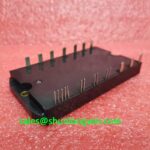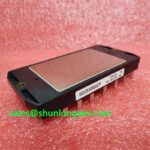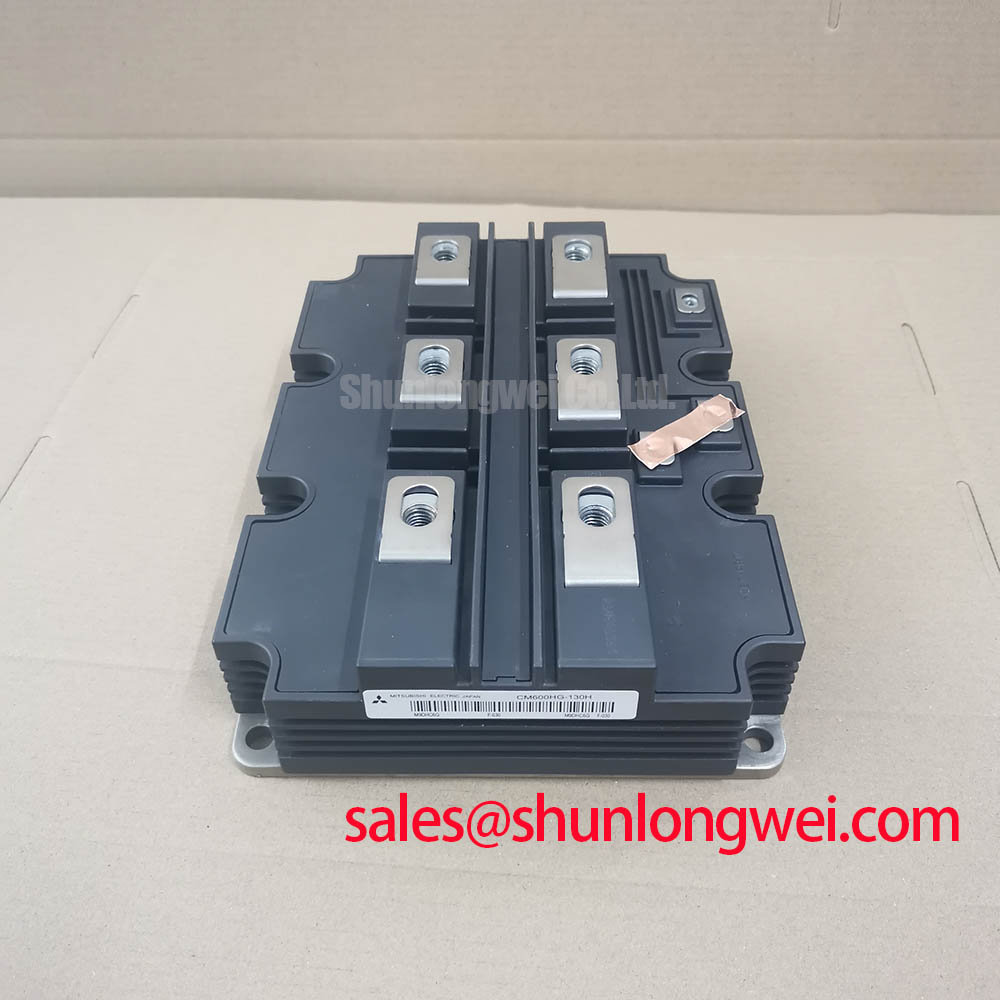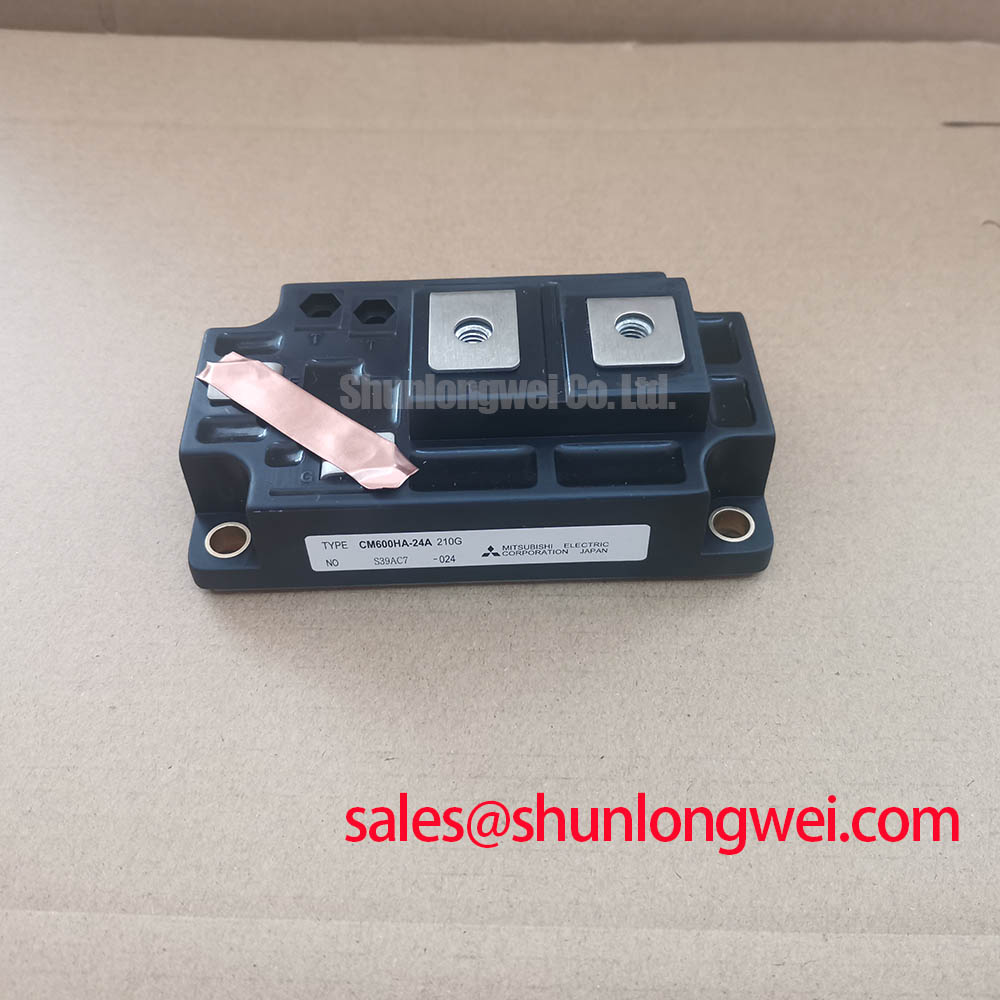Content last revised on October 21, 2025
CM25MD-24H IGBT Module: Engineering High-Efficiency 1200V/25A Power Stages
The Mitsubishi CM25MD-24H is a CIB (Converter-Inverter-Brake) module engineered for high-efficiency power conversion in low-to-mid power industrial systems. Featuring key specifications of 1200V | 25A | 2.7V VCE(sat), this module delivers minimized conduction losses and simplified thermal management. For system designers grappling with how to reduce conduction losses in compact designs, the CM25MD-24H provides a direct solution through its optimized silicon, enabling compliance with modern efficiency standards. For low-power motor drives and auxiliary power supplies demanding high efficiency, this 1200V module provides an optimized balance of performance and reliability.
Application Scenarios & Value
System-Level Benefits in Motor Drives and Power Supplies
The primary value of the CM25MD-24H lies in its ability to enhance the efficiency and power density of compact power conversion systems. Consider the design of a Variable Frequency Drive (VFD) for a conveyor belt system. A key engineering challenge is managing the heat generated by the power stage within a sealed, small-footprint enclosure while meeting stringent energy efficiency regulations. The module's low collector-emitter saturation voltage (VCE(sat)) of 2.7V at its nominal current directly reduces I²R conduction losses during the Pulse Width Modulation (PWM) cycle. This reduction in wasted energy translates directly to less heat generation, allowing engineers to specify a smaller, more cost-effective heatsink and achieve a higher overall system power density. What is the primary benefit of a low VCE(sat)? Reduced conduction loss, leading to higher system efficiency.
This efficiency-first design makes the CM25MD-24H an excellent fit for a range of applications including:
- AC Servo Drives and Motion Control Systems
- General Purpose Inverters (up to ~7.5 kW)
- Uninterruptible Power Supplies (UPS)
- Robotics and Automated Guided Vehicles (AGVs)
For applications requiring higher current handling, such as larger motor drives, the related CM50DY-24H offers a 50A rating within a similar package footprint.
Key Parameter Overview
Decoding the Specs for Efficient Power Conversion
The performance of the CM25MD-24H is defined by a set of critical electrical and thermal parameters. Understanding these specifications is key to unlocking its full potential in a power circuit. The table below highlights the key metrics derived from the official datasheet.
| Parameter | Symbol | Value | Conditions |
|---|---|---|---|
| Collector-Emitter Voltage | VCES | 1200 V | VGE = 0V |
| Collector Current (DC) | IC | 25 A | TC = 25°C |
| Collector-Emitter Saturation Voltage | VCE(sat) | 2.7 V (Typ) / 3.4 V (Max) | IC = 25A, VGE = 15V |
| Gate-Emitter Voltage | VGES | ±20 V | VCE = 0V |
| Maximum Junction Temperature | Tj max | 150 °C | - |
| Isolation Voltage | Viso | 2500 Vrms | AC 1 minute |
Download the CM25MD-24H datasheet for detailed specifications and performance curves.
The VCE(sat) is arguably the most critical parameter for efficiency. Think of it as the 'toll' the current must pay to pass through the IGBT when it is switched on. A lower toll, like the 2.7V typical value for this module, means less energy is converted into waste heat, improving overall system efficiency and simplifying Thermal Management. The VCES of 1200V provides the necessary voltage "armor," ensuring the device can safely operate on DC bus voltages derived from 400V to 480V AC lines, with sufficient margin for transient overvoltages.
Industry Insights & Strategic Advantage
Meeting Energy Efficiency Mandates with Advanced Silicon
The push for global energy conservation and stricter efficiency standards, such as IE3 and IE4 for electric motors, places immense pressure on the design of power electronics. Components are no longer selected on voltage and current alone; their efficiency profile is a critical decision factor. The CM25MD-24H is a strategic component in this context. Its low-loss characteristics are a direct result of advancements in Mitsubishi silicon technology, enabling engineers to design VFDs and Servo Drive systems that not only meet but exceed these performance benchmarks. By minimizing thermal losses at the component level, this module allows for more compact, reliable, and cost-effective end-products that are aligned with the long-term industry trend towards electrification and sustainability.
Frequently Asked Questions
Engineering Considerations for the CM25MD-24H
What is the primary advantage of the CM25MD-24H's low VCE(sat) in a real-world application?
Its primary advantage is a direct reduction in conduction power loss (P = VCE(sat) * IC), which translates to lower operating temperatures for the module. This enhances overall system reliability, increases efficiency, and often permits the use of a smaller, less expensive heatsink, reducing the final product's size and cost.
Is the CM25MD-24H suitable for 480V AC industrial motor drives?
Yes. A 480V AC line, when rectified, produces a DC bus voltage of approximately 678V (480V * √2). The 1200V VCES rating of this module provides a substantial safety margin, making it a robust choice for handling the DC bus voltage and any potential transient spikes common in industrial environments. What is the safe operating voltage for a 1200V IGBT? It provides a robust safety margin for systems operating on 400V to 480V AC lines.
How does the integrated Converter-Inverter-Brake (CIB) topology of the CM25MD-24H simplify circuit design?
The CIB integration consolidates the three-phase input rectifier, the three-phase output inverter, and the dynamic braking chopper into a single, thermally optimized package. This significantly simplifies PCB layout, reduces component count, minimizes parasitic inductance between stages, and streamlines the assembly process, leading to a faster design cycle and a more compact, reliable power stage.
Strategic Component for Efficient Designs
The CM25MD-24H should be viewed not just as a power switch, but as a foundational building block for modern, efficient, and compact power conversion systems. Its balanced electrical characteristics and integrated CIB topology offer engineers a clear path to developing next-generation industrial drives and power supplies that are both high-performing and compliant with future energy standards.












